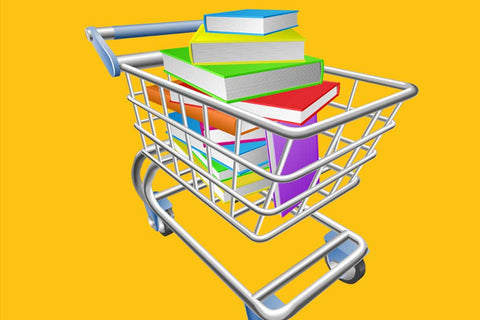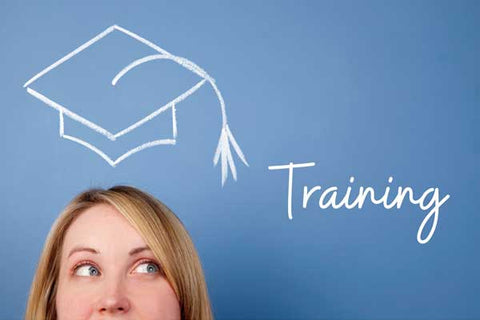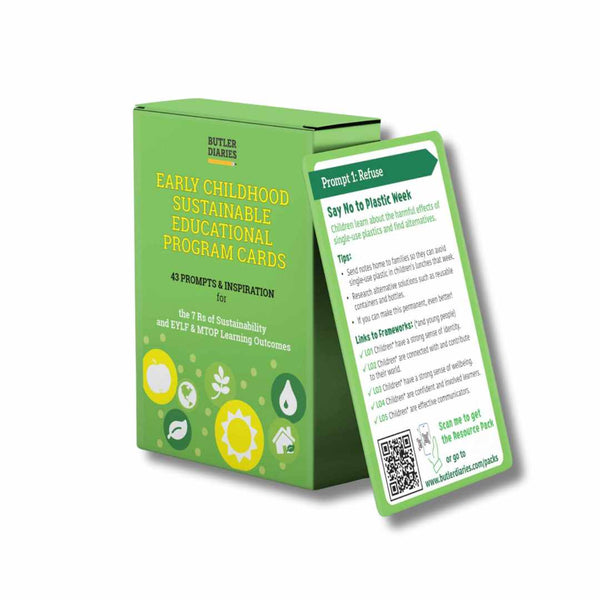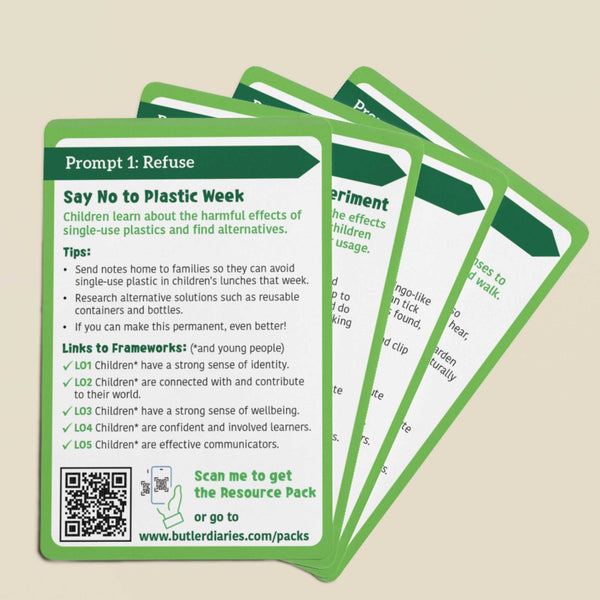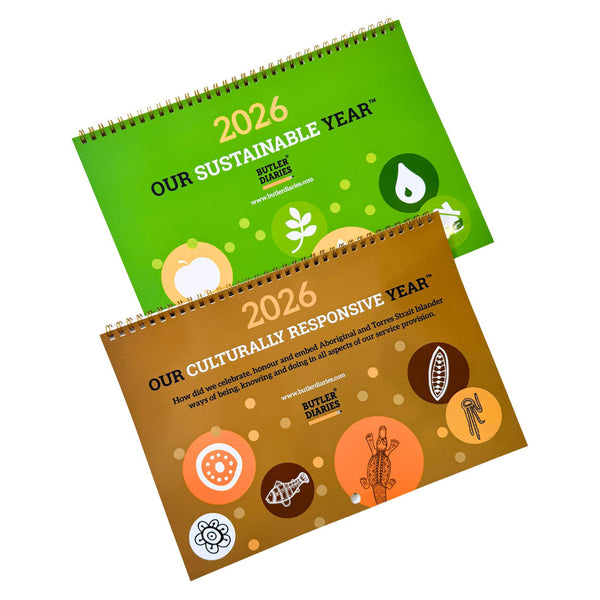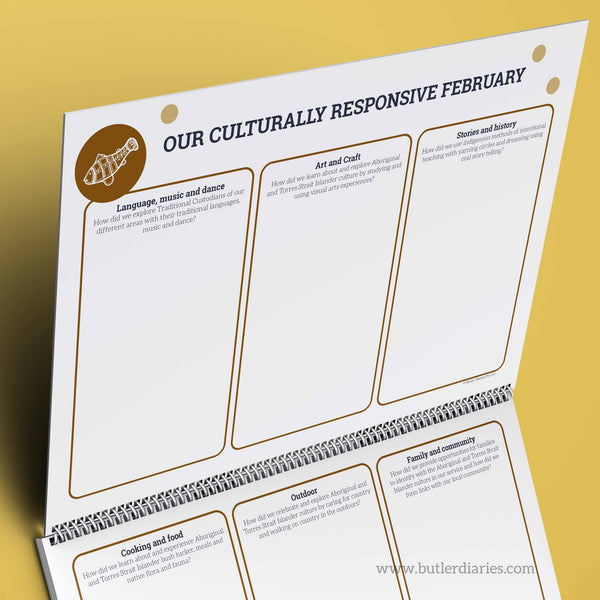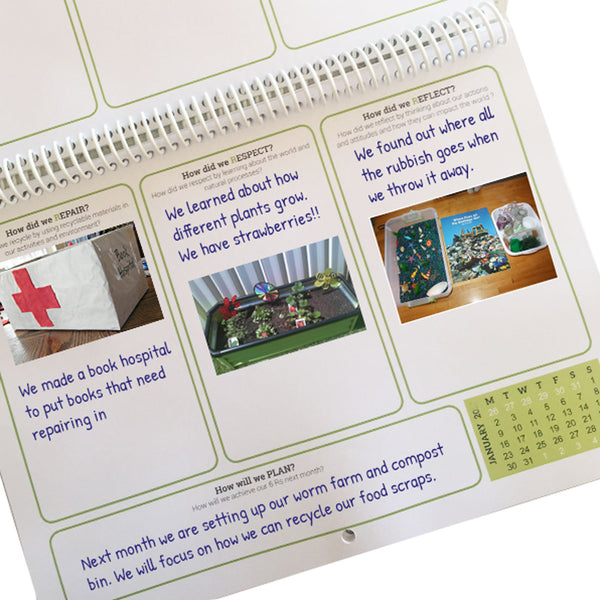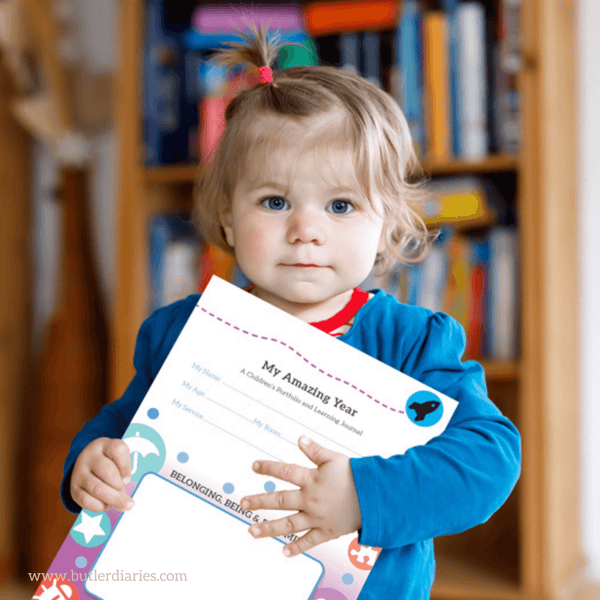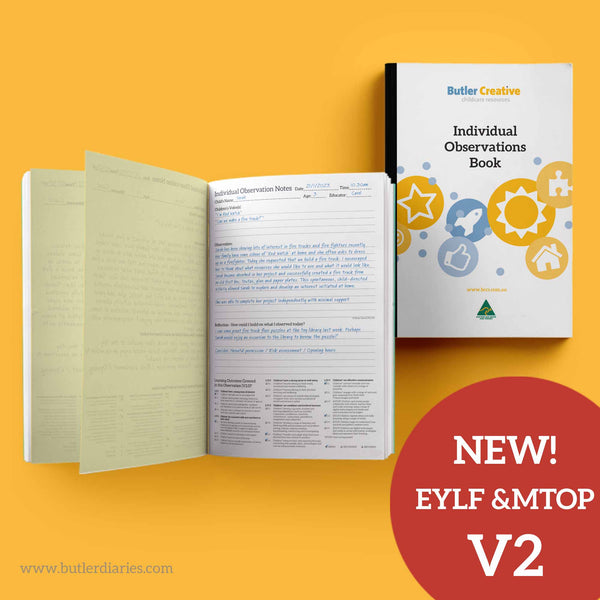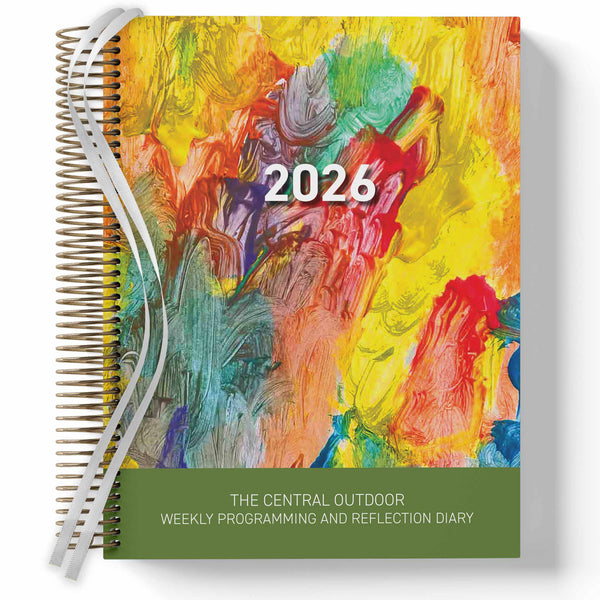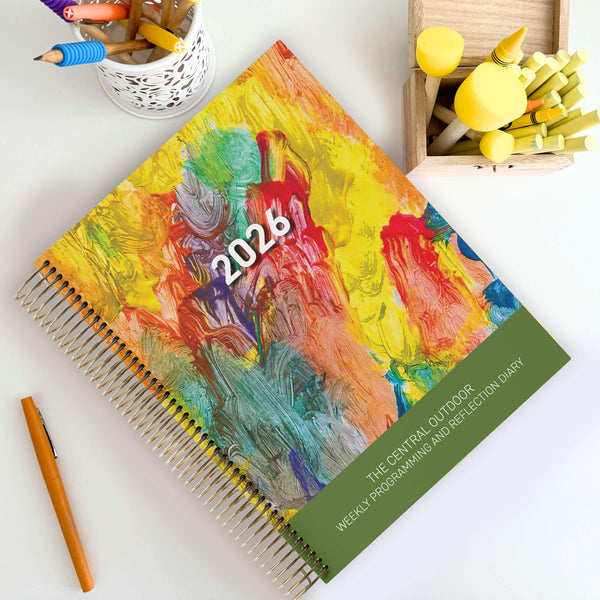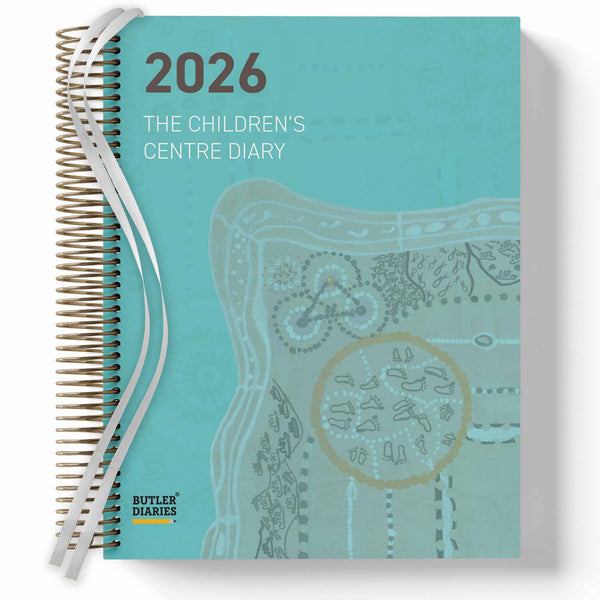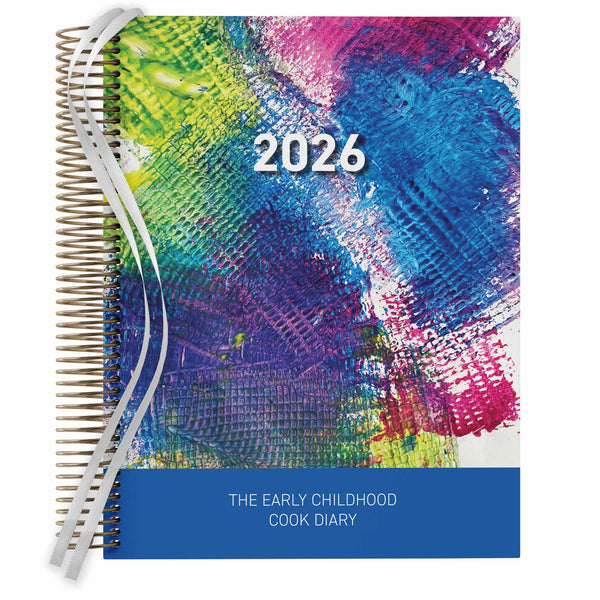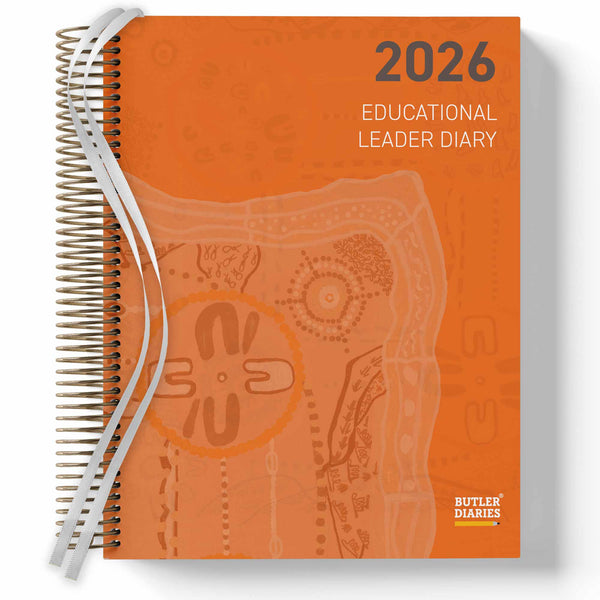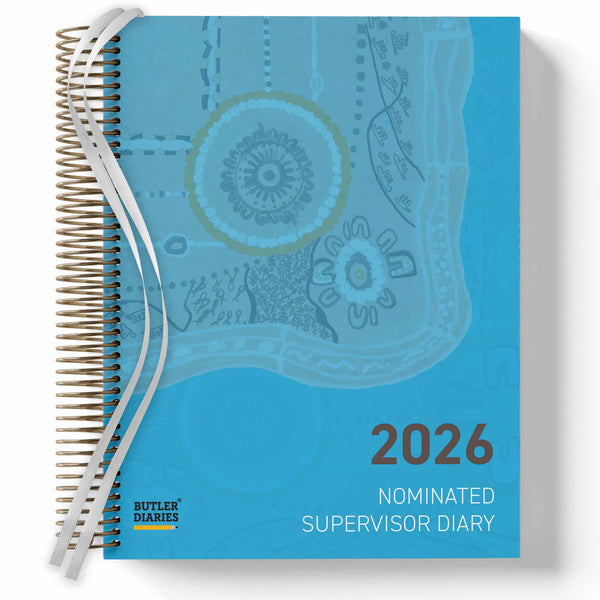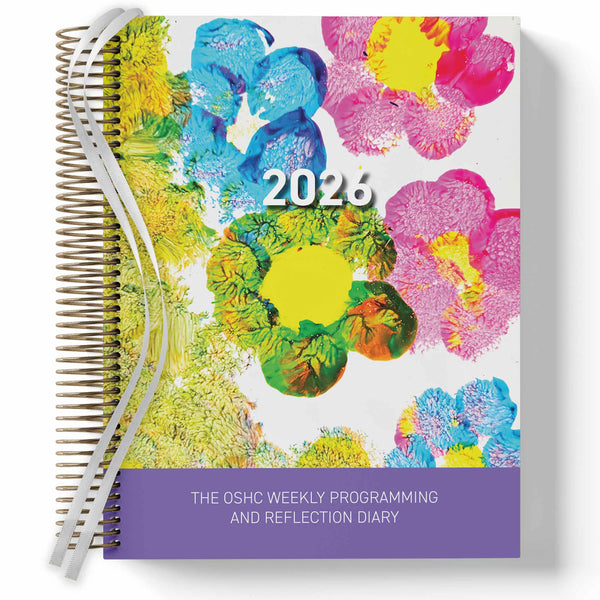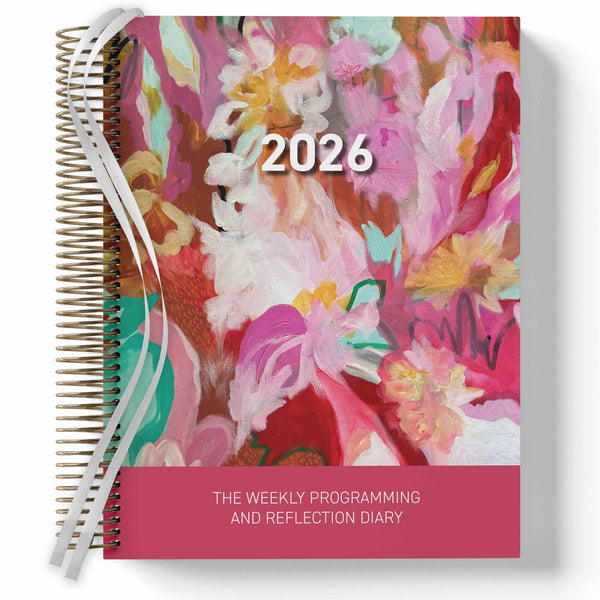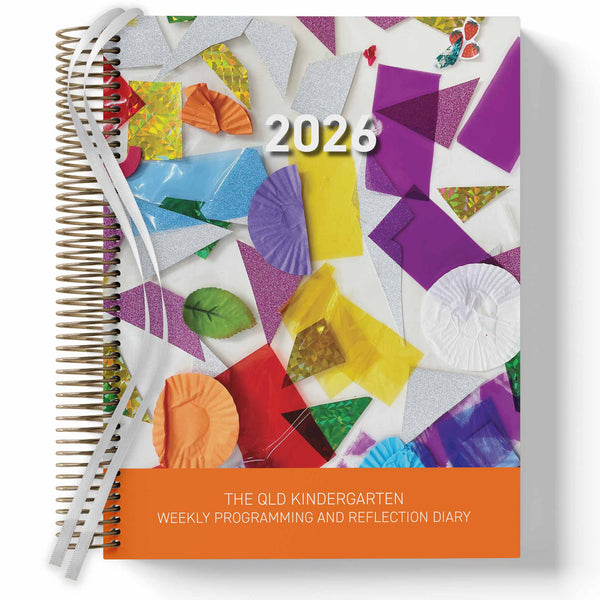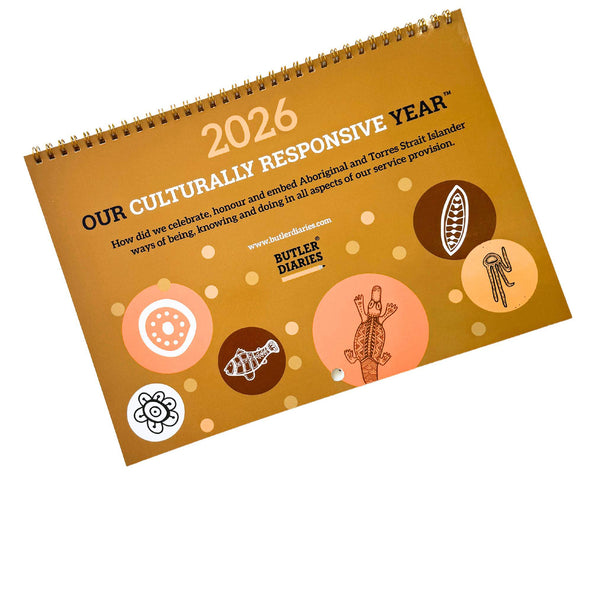Sustainability in early childhood education isn't just about recycling—it's about nurturing a mindset that supports care for our environment, community, and future generations. The 7 Rs of Sustainability—Respect, Reduce, Reuse, Recycle, Repair, Refuse, Reflect—offer a holistic and empowering approach to embed sustainable practices in daily routines, fostering environmentally responsible citizens from the earliest years.
The 7 Rs of Sustainability Explained
The 7Rs of sustainability are:
-
Respect – Valuing the Earth, cultures, diversity, and each other.
-
Reduce – Minimising waste and consumption.
-
Reuse – Finding new purposes for materials.
-
Recycle – Sorting and disposing of items responsibly.
-
Repair – Fixing items instead of discarding them.
-
Refuse – Saying no to non-sustainable products or practices.
-
Reflect – Thinking critically about our environmental impact and practices.
With the changes to EYLF V.2.0, sustainability has been broken down into 3 dimensions. Learn more about the 3 dimensions of sustainability here.
Links to EYLF and NQS
Sustainability is a significant principle of both EYLF and NQS and requires attention to meet compliance requirements.
EYLF Outcomes:
In EYLF V2.0, sustainability continues to be a key focus under the lens of holistic learning and wellbeing. It extends beyond environmental care to include social, economic, and environmental sustainability—encouraging children to be active participants in creating a more equitable and sustainable future.
The updated framework strengthens the emphasis on children becoming environmentally responsible and showing respect for the environment, embedding sustainability across all five learning outcomes, particularly:
-
Outcome 2: Children are connected with and contribute to their world
-
Children become socially responsible and show respect for the environment.
-
-
Outcome 4: Children are confident and involved learners
-
They develop dispositions for learning such as curiosity and creativity, key in sustainable problem-solving.
-
-
Outcome 5: Children are effective communicators
-
Children engage in discussions about environmental issues and share sustainable practices.
-
NQS:
In the National Quality Standards, it's not just about having recycling bins or a compost—it's about creating a culture of sustainability where children are active contributors. Educators are encouraged to make sustainability visible through curriculum planning, environmental design, and ongoing conversations that promote environmental stewardship. This supports children in developing a sense of agency and responsibility toward the world around them.
Sustainability is woven into the National Quality Standard, particularly within Quality Area 3: Physical Environment. Standard 3.2.3 specifically states that “the service cares for the environment and supports children to become environmentally responsible.” This expectation encourages services to embed sustainable practices in everyday routines, decision-making, and the physical environment.
-
Quality Area 3: Physical Environment
-
Standard 3.2 – The service cares for the environment and supports children to become environmentally responsible.
-
-
Quality Area 1: Educational Program and Practice
-
Encourages intentional teaching moments that promote sustainable thinking.
-
Practical Implementation Tips in ECEC
-
Respect: Teach children to respect nature through nature walks, Acknowledgement of Country, and gentle play with natural materials.
-
Reduce: Avoid single-use plastics, use water-saving techniques, and encourage mindful consumption in lunchboxes.
-
Reuse: Incorporate junk play, use old magazines for collages, and reuse containers for sensory play.
-
Recycle: Set up color-coded recycling bins and involve children in sorting materials.
-
Repair: Engage children in fixing toys and books; hold a “Fix-it Friday” where you look at broken items and brainstorm how to mend them.
-
Refuse: Choose eco-friendly suppliers, and say no to plastic giveaways or excess packaging.
-
Reflect: Have sustainability meetings with children to talk about what’s working, what’s not, and what to change.
We've put together Educational Prompt Cards that provide experience ideas under the 7Rs with links to EYLF/MTOP. They also link to a FREE resource library that includes a range of materials to help you implement the experiences. The cards integrate seamlessly with your Sustainability Calendar. You can check out Deck 1 here and Deck 2 here.
Using the 7 Rs in a Sustainability Calendar
-
Monthly Focus: Keep sustainability at the top of your mind during practice by documenting your sustainable month as it unfolds.
-
Photo Documentation: Take photos of children engaging in sustainable practices and ask the children to assist in documenting through taking photos, drawings, and recording what they say.
-
Family Involvement: Keep the Calendar in a busy space so families can see experiences as they unfold, share their experiences, and contribute their home experiences to the Calendar.
-
Reflection: Revisit previous months and reflect on your learning and how far you've come in your Sustainable journey.
Check out this article for an example of sustainability in practice.
Reflective Questions for Educators
-
How are we modelling sustainable practices in our daily routines?
-
Are the 7 Rs visible and understandable to children and families in our setting?
-
What opportunities do we provide for children to lead sustainability initiatives?
-
How do our learning environments encourage reuse, recycling, and repairing?
-
How do we involve families and the community in our sustainability journey?
-
What are our current barriers to embedding the 7 Rs more deeply? How might we overcome them?
Embedding the 7 Rs of Sustainability into early childhood education supports children's holistic development while nurturing a generation that values and protects their world. With intentional teaching, thoughtful environments, and strong community partnerships, we can make sustainability a living, breathing part of every day.
